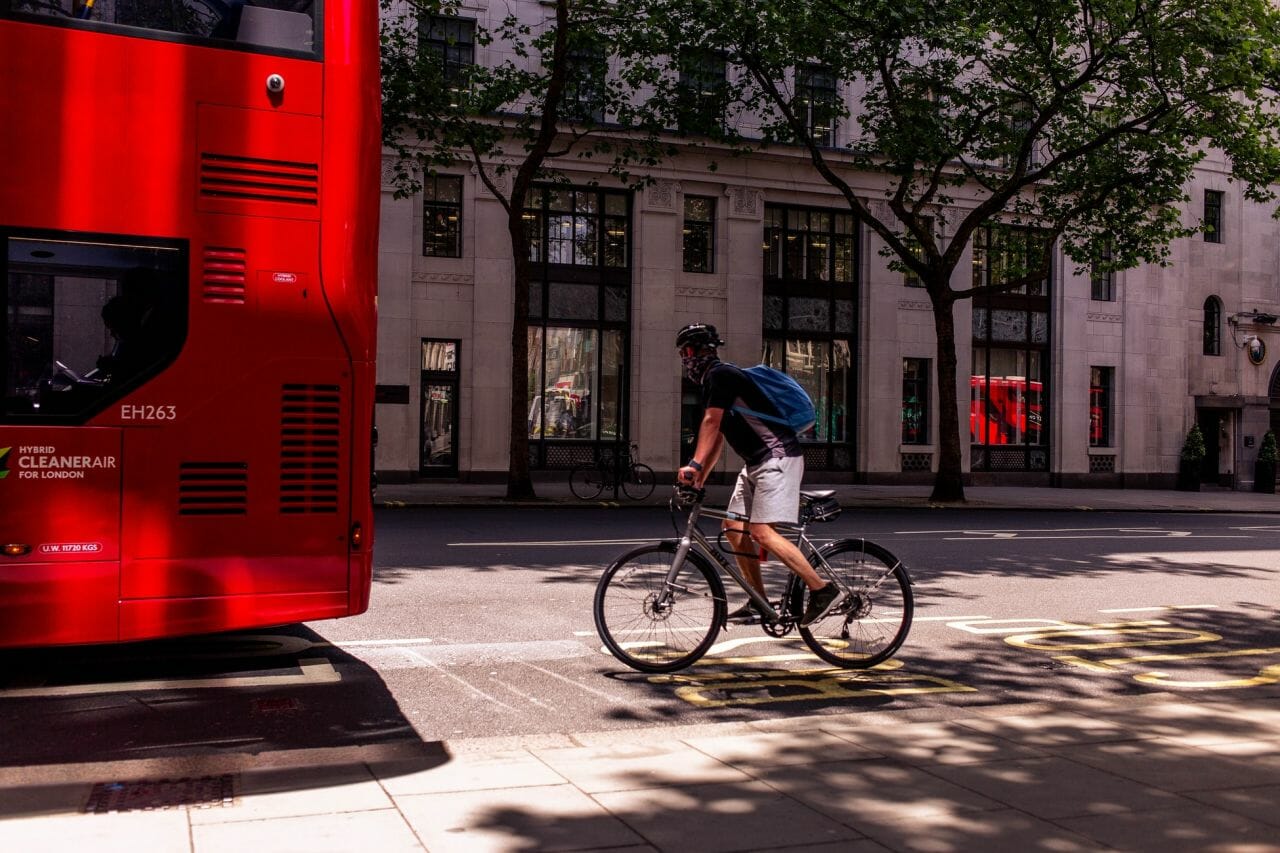A review of The Highway Code needs your opinion. The review aims to improve road safety for cyclists, pedestrians and horse riders.
An Interim Review of The Highway Code
Announced in October 2018, but very timely given the recent uptake in cycling, the Government has launched a review of The Highway Code.
It is not a full-scale review because of ongoing changes to future transport and how technology is revolutionising travel. The interim review therefore focused on protecting vulnerable road users.
The review launched on 28 July 2020 and you have until midnight on 27 October 2020 if you would like to provide your opinion.
What are the Proposals?
Full details of the changes that are being proposed can be found in the Government’s Cycling and Walking Investment Strategy: Safety Review Consultation on a review of The Highway Code. Or in a more condensed version in their Summary of the consultation proposals on a review of The Highway Code.
There is a specific focus on:
- Overtaking and safe passing distances
- Priority, specifically at junctions
- Opening vehicle doors
- Road users responsibility
The Main Proposals
There are many changes to the wording of The Highway Code, which reinforce and increase the focus on protecting vulnerable road users, but some of the main changes are:
A Hierarchy of Road Users
The aim here is to ensure that those capable of doing the most harm, bear the greatest responsibility to reduce the danger they represent to others.
The consultation suggests the following order “children, older adults and disabled people” at the top “followed by cyclists, horse riders and motorcyclists”. This is significant because it have an impact on the implementation of other rules.
This concept will be familiar to those who have read our article about presumed liability for cyclists and pedestrians.
Pedestrian Priority
Under the proposals, existing rules advising drivers, motorcyclists, horse riders and cyclists to give way to pedestrians crossing, or waiting to cross a road will be clarified. As will those regarding pedestrian priority at zebra and parallel crossings.
Pedestrians will also have priority over cyclists on shared use path, with the proviso that they do “not to obstruct or endanger them unnecessarily”.
Cyclist Priority
The new rules will clarify cyclists priority, when travelling straight ahead at junctions, by requiring drivers to “not cut across cyclists… just as you would not turn across the path of another motor vehicle”. This will apply at junctions, roundabouts and alongside stationary or slow moving traffic.
Guidance about wearing a helmet when cycling will also be updated. Wearing a helmet will not will not be mandatory, but The highway Code will advise that evidence suggests your risk of suffering a head injury is reduced in some circumstances.
Rules that have been a bone of contention, for some, are also being updated; about cyclists riding two abreast. New guidance will clarify that cyclists should ride in single file when drivers wish to overtake, but recognises that when riding in larger groups and on narrow lanes, it might be safer to ride two abreast.
Guidance about when to take the primary and secondary road position will also be included. As well as updated information about the distance to leave when passing parked cars.
Safe Passing
Details about safe passing distances will also be introduced. The proposals presently suggest the following as guides:
- A minimum of 1.5m when travelling at less than 30mph
- A minimum of 2m when travelling at more than 30mph
- For large vehicles, at least 2 meters in all conditions
- At least 2m when passing horses (and travelling at less than 15mph)
- When a pedestrian is walking in the road, at least 2m should be left
The Dutch Reach
An established technique, for checking your blind spot, as you open the door will also be included. Known as the ‘Dutch Reach’, The Highway Code will suggest “you should open the door using your hand on the opposite side to the door you are opening, e.g. use your left hand to open a door on your right-hand side”.
The idea being that you look over your shoulder, and therefore into your blind spot, to reduce the chance of your hitting someone passing by.
Pryers’ Thoughts on the Review of The Highway Code
As personal injury solicitors, Pryers have helped many vulnerable road users who have been injured in road traffic accidents. We are delighted to see that the Government are reviewing The Highway Code and pleased to see some things that we have promoted in the proposal.
However, we think that the proposals could go a bit further. For instance, safe passing distances are only guidance, despite the fact that other countries already successfully implement these as rules. Similarly, the clarification that cyclists can pass traffic on the left or right is welcome. But the suggestion that they might be be less visible when passing on the right might cause confusion – particularly with regards to heavy goods vehicles.
If the changes will impact you, it’s important that you take the opportunity to contribute to the rules.
How you can Respond to the Review of The Highway Code
You can respond using the online response form, or by emailing HighwayCodeReview2020@dft.gov.uk. Due to remote working, they will not be accepting hard copy responses.





